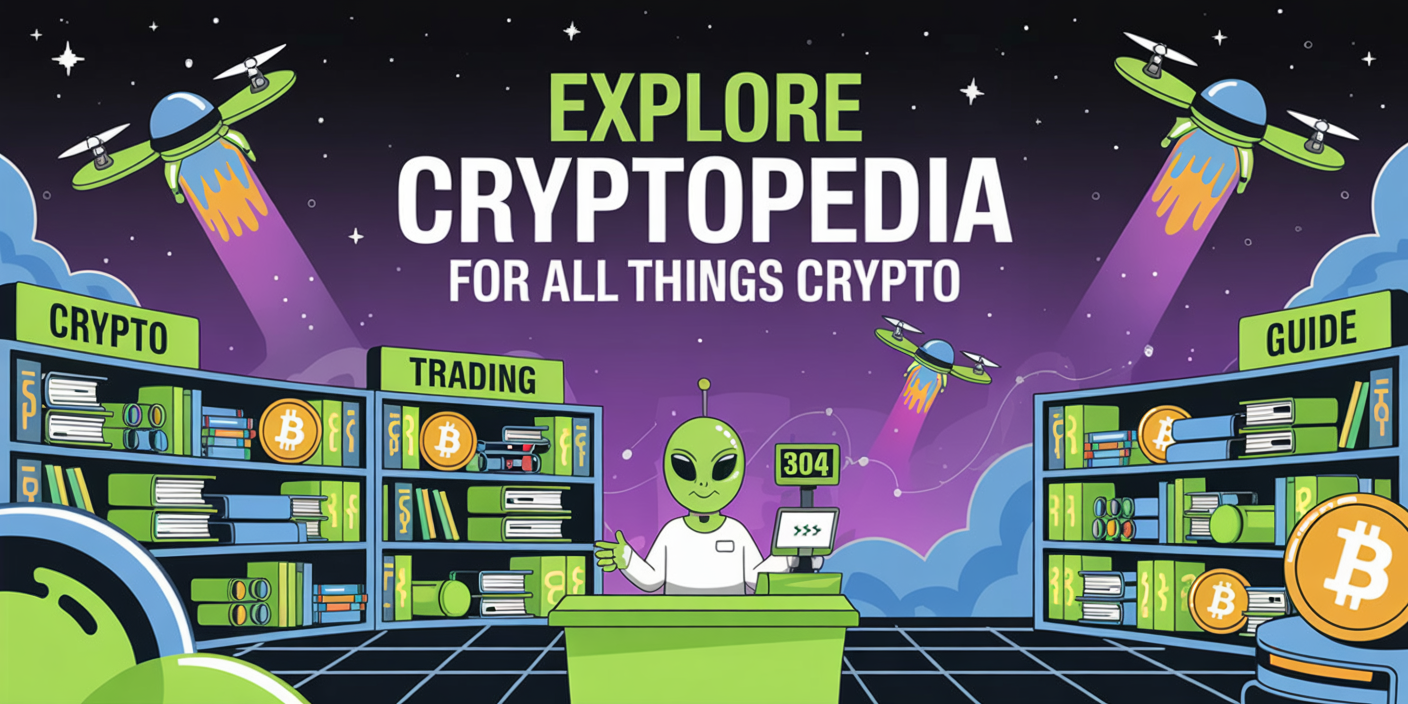CoinValley
Blog & News

Nov 17th 2024
What Is Dogecoin?
Dogecoin was created in 2013 by Billy Markus and Jackson Palmer as a joke.
As a result, Dogecoins became abundant since there was no need to make them scarce to protect their value.
After the Dogecoin boom of 2021, though, more investors joined the network to see what all the fuss was about. As the coin’s value skyrocketed, mining DOGE became much more frequent to keep up with the demand.
Because so many Dogecoins were out in the wild, though, it meant people needed to get their hands on a decent sum for them to hold any real value, which is why many began turning to mining.
What Is Mining?
Simply put, mining is the process of verifying transactions on a blockchain in exchange for fresh new tokens.
Mining operations usually follow either Proof-of-Stake (PoS) or Proof-of-Work (PoW) models, which dictate who gets to verify these transactions. Dogecoin follows the latter model.
In the PoW model, miners compete to solve a mathematical problem that enables them to ‘complete a transaction.’ The one who manages to achieve this and verify the transaction as legitimate will be rewarded for their ‘work’ on the network and will have the opportunity to connect their block of data to the blockchain.
This also allows blockchains to be decentralized, meaning they don’t need to rely on a third party like a bank since all transactions are verified locally by the users.
Dogecoin Mining Development History
Since its beginning, the Dogecoin mining process has seen several developments, which have helped make it more accessible and efficient.
Early on in Dogecoin’s lifespan, users could start mining with nothing more than a decent computer, a good amount of disk space, and a gaming central processing unit (CPU).
Once more miners joined the network, though, the process became much more demanding and strenuous. Mining difficulty gradually began to rise as there were fewer ‘easy’ blocks to identify.
Therefore, it became clear that mining alone was becoming near-impossible, so Dogecoin incorporated mining pools in response. These would allow multiple miners to unite and share their computational power rather than one individual needing to handle everything themselves.
In 2014, Dogecoin introduced another upgrade called ‘Merged Mining.’ This meant miners could mine any cryptocurrency that ran on the Scrypto algorithm, the most popular example being Litecoin (LTC). Since then, miners have received block rewards from multiple Scrypt-based blockchains in exchange for doing the same amount of work.
Is Mining Dogecoin Worth It?
There are three main reasons it’s worth mining Dogecoin: value, speed, and recognition.
Dogecoin is a valuable token, and despite being a ‘memecoin,’ it still consistently manages to reside within the top 20 most popular cryptocurrencies in terms of market cap. Every time a miner completes a block, they will be rewarded with 10,000 Dogecoins, which is over $1,000 in 2024, though keep in mind that the payout amount will be split between multiple miners when part of a mining pool. Additionally, energy prices also need to be taken into account here.
Then there’s the speed of the mining itself. With Bitcoin mining, for example, it takes 10 minutes for a miner to process a new block successfully. For Dogecoin, this is only 1 minute, meaning miners can work much faster and receive more frequent rewards.
Finally, Dogecoin is one of the most popular and broadly accepted cryptocurrencies out there, primarily thanks to the enormous boost it received from Elon Musk. Once Musk made Dogecoin an eligible form of payment for Tesla, other companies, including AMC and GameStop, started to follow.
What You Need to Start Mining Dogecoin
Before confirming transactions and earning fresh Dogecoins, you will need a few essential tools and resources.






